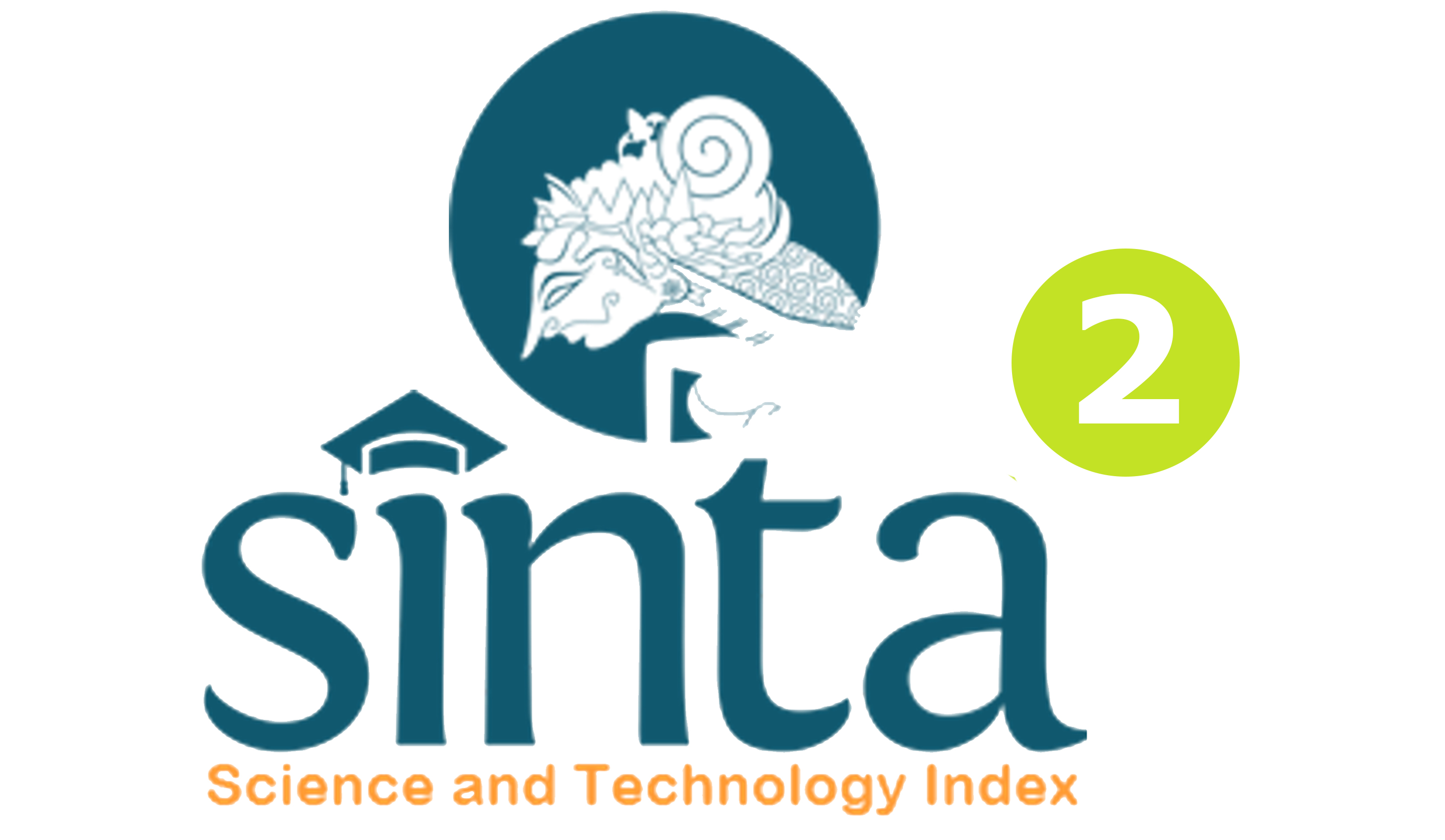Development of Transactional Analysis Techniques Group Counseling Guidebook to Improve Students' Self Esteem
DOI:
https://doi.org/10.23887/bisma.v5i2.38013Keywords:
Group counseling, transactional analysis techniques, self esteemAbstract
This research has purposes to test the feasibility of a transactional analysis technique group counseling guidebook to improve the self-esteem of vocational students. The guidebook product acceptance tester involved 5 experts and guidance and counseling practitioners. Testing the validity of the content of the manual product using the Lawshe formula. The result of the research based on content validity analysis is that the CVR value per item is greater than 0 (CVR > 0) and there is no item with a value less than 0 (CVR < 0). Furthermore, the results of the Lawshe CVI analysis obtained a score of 1, it can be interpreted that the acceptance of this guidebook is very high. So based on the value of the acquisition of effectiveness above, according to the criteria, showing an effect size value > 0.50, the transactional analysis technique group counseling guide can be accepted.References
Clemens, & Bean. (1995). Perbedaan Harga Diri (Self Esteem). Jurnal Psikologi UIN, 9(Desember), 100–112.
Coopersmith. (2011). harga diri (self esteem). La sociedad de la sociedad, 5–65.
Dharsana. (2015). Teori-Teori Konseling.
Frey, & Carlock. (1984). Frey dan Carlock (1984) dua komponen dalam Self esteem. pendidikan indonesia, 1967,8–26.
Gladding. (2019). konseling analisis transaksional. urnal Bimbingan Konseling, 2015 - journal.unnes.ac.id.
Lawshe. (1975). Validitas Isi: Tahap Awal Pengembangan Kuesioner. Jurnal Riset Manajemen dan Bisnis
(JRMB) Fakultas Ekonomi UNIAT, 2(2), 169–178. https://doi.org/10.36226/jrmb.v2i2.47
Santrok. (2003). Pelatihan Metode Self Instruction Untuk Meningkatkan Self Esteem Siswa SMA. Jurnal
Pendidikan Dan Pengajaran, 1(47), 49–57.
Thiagarajan, S., D., & Semmel, dan M. I. S. (1974: 5). (1974). pengembangan model 4-D. Model
pengembangan 4-D (Four D). International Journal of Science, 89. https://eprints.uny.ac.id/30076/4









